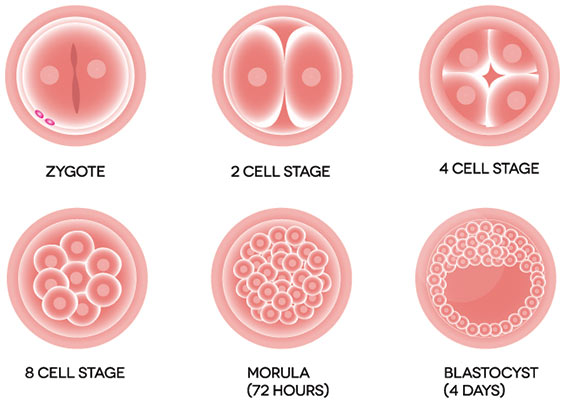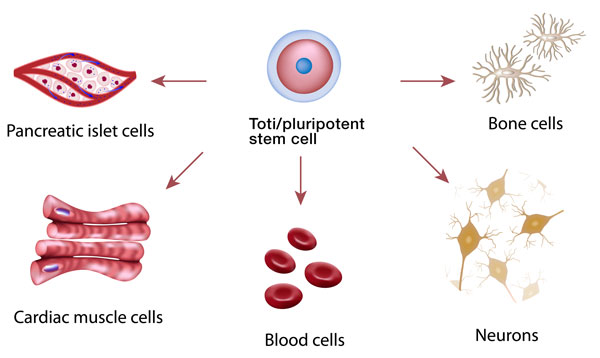Cord blood is the blood remaining the umbilical cord after your baby is born. Previously regarded as medical waste, cord blood has been found to contain large quantities of life-saving stem cells. After a baby is born and the umbilical cord is cut, some blood remains in the blood vessels of the placenta and the portion of the umbilical cord that remains attached to it. After birth, the baby no longer needs this extra blood. This blood is called placental blood or umbilical cord blood: "cord blood" for short.
Cord blood contains all the normal elements of blood - red blood cells, white blood cells, platelets and plasma. But it is also rich in hematopoietic (blood-forming) stem cells, similar to those found in bone marrow. This is why cord blood can be used for transplantation as an alternative to bone marrow.
Cord blood is being used increasingly on an experimental basis as a source of stem cells, as an alternative to bone marrow. Most cord blood transplants have been performed in patients with blood and immune system diseases. Cord Blood transplants have also been performed for patients with genetic or metabolic diseases. More than 80 different diseases have been treated to date with unrelated cord blood transplants.
Scientists are investigating the possibility that stem cells in cord blood may be able to replace cells of other tissues such as nerve or heart cells. Whether cord blood can be used to treat other kinds of diseases will be learned from this research.
Cord blood contains valuable stem cells
During pregnancy, your baby’s blood travels through its umbilical cord to the placenta, where it obtains nutrients and oxygen. After birth, excess blood remains in the umbilical cord, and is referred to as ‘cord blood’. Cord blood is a rich source of stem cells- rare ‘master’ cells from which all other cells, tissues, and organs in the body originate.
 Figure 1: The fertilized egg is the first stem cell
Figure 1: The fertilized egg is the first stem cellThe fertilized egg (‘zygote’, Figure 1) is the very first stem cell; it divides to form the embryo, and eventually becomes your baby. Every cell in an early stage embryo is a stem cell, and has the ability to turn into a person (an identical twin), including all the cells, tissues, and organs in that person.
As your embryo matures, different categories of stem cells form. The earliest stem cells are capable of reproducing any part of a person’s body. More specialized stem cells also begin to emerge, with some being ‘committed’ to generating a specific type of cell or tissue in the body. All stem cells have the ability to divide to create more stem cells, or to turn into mature, working cells such as muscle and brain or nerve cells, that lose the ability to renew itself (Figure 2).
 Figure 2: Embryonic stem cells can reproduce any cell type in the body
Figure 2: Embryonic stem cells can reproduce any cell type in the bodyOne type of specialized stem cell is the ‘lymphohematopoietic’ stem cell. Lymphohematopoietic stem cells are responsible for generating all the blood and immune system cells in the body, and are one of several populations that exist in cord blood. As you will read in the next section, this ‘regenerative’ property of cord blood has been exploited by scientists and physicians to treat over 50 diseases of the blood and immune system.